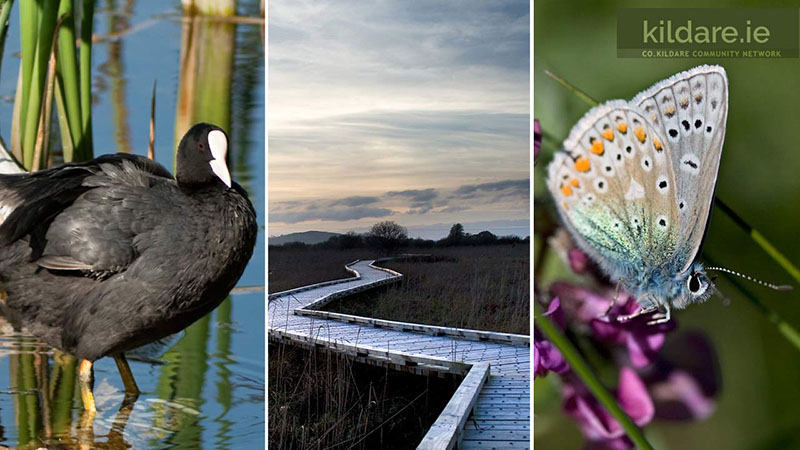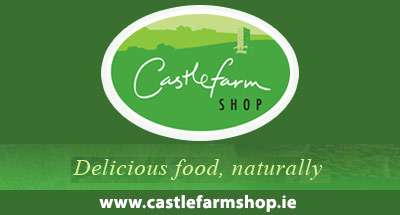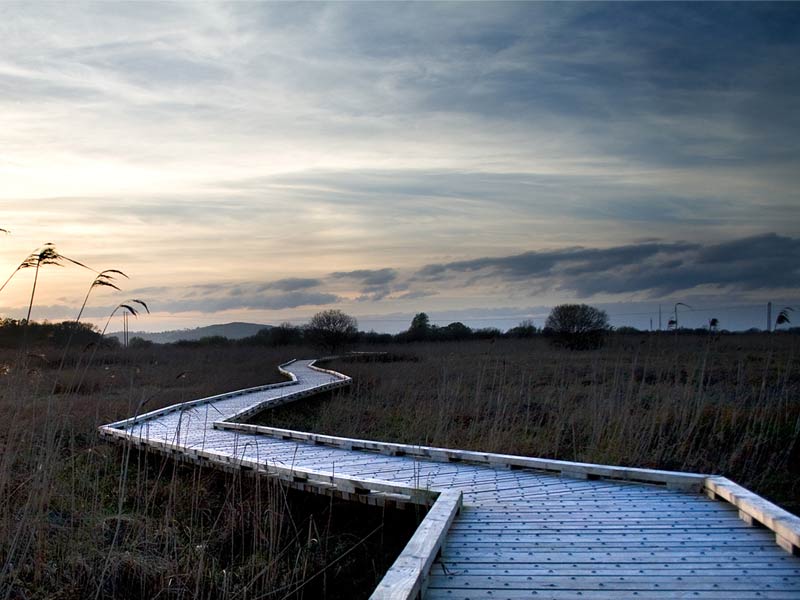Fen Vegetation
Pollardstown Fen is best known internationally for its extensive areas of fen vegetation dominated by Black Bog Rush and Saw Sedge, a vegetation type almost unique to Ireland.
Pollardstown also supports a number of rare and threatened plant species including Orchids and Insect-eating plants
Sedges
The Cyperaceae are a family of monocotyledonous graminoid flowering plants known as sedges, which superficially resemble grasses or rushes. The family is large, with some 5,500 species.
Other typical fen plants include Tufted Sedge, Slender Sedge, and Blunt Flowered Rush
Orchids
Orchidaceae is a diverse and widespread family of flowering plants, with blooms that are often colourful and often fragrant, commonly known as the orchid family.
Look out for the Fly Orchid in the Fen
Other vegetation in the Fen includes Western Bladderwort, Sphagnum Moss and Broad-leaved Bog Cotton
Fen Birds
The summer in Pollardstown Fen is a good time to visit and see lots of birds on the lake, with Sand Martins swooping low over the open water hunting for insects. The fens, reeds and grasslands are also home to Skylarks.
It is sometimes easier to hear some bird speicies rather than see them, as they call and sing loudly, defending their territories.
In winter these birds are joined by migrating wildfowl.
Birds in the Fen include Mute Swans, Herons and Little Grebes
In winter these birds are joined by migrating wildfowl.
You might also see Coots, which have predominantly black plumage, Moorhens / Marsh Hens, which are members of the Rail family.
You will also find Reed Buntings, Skylarks, Water Rails, Snipe, and Sedge Warblers
And there are Pintail Ducks and Tufted Ducks
Mammals, Amphibians, Invertebrates, Fish
Fen Mammals
A number of mammals also live on the fen along with common amphibians.
This includes the Otter, Hare, and the Pygmy Shrew.
It was, until very recently, the only shrew native to Ireland and is Ireland's smallest mammal.
It weighs at most about 6g
Fen Amphibians
Amphibians typically start out as larvae living in water, but some species have developed behavioural adaptations to bypass this. The young generally undergo metamorphosis from larva with gills to an adult air-breathing form with lungs.
Amphibians use their skin as a secondary respiratory surface and some small terrestrial salamanders and frogs lack lungs and rely entirely on their skin.
On the Fen you will find the Common Frog and Smooth Newt.
Fen Invertebrates
The fen also supports many species of invertebrates
Invertebrates are animals that neither possess nor develop a vertebrae, derived from the notochord
This includes insects, crabs, lobsters and their kin, snails, clams, octopuses and their kin, starfish, sea-urchins and their kin, and worms.
The majority of animal species are invertebrates. One estimate puts the figure at 97%.
The Fen is home to Dragonflies and Damselflies.
Adult Dragonflies are characterized by large multifaceted eyes, two pairs of strong transparent wings, sometimes with coloured patches, and an elongated body
Damselflies are similar to dragonflies but are smaller, have slimmer bodies, and most species fold the wings along the body when at rest.
Other Invertebrates to be found in the Fen are Butterflies such as The Orange Tip, Tortoiseshell, and the Common Blue.
Fen Fish
In the water you will find the Brook Lamprey, a fish species commonly mistaken for a small eel, and the lobster-like crustacean, the White-Clawed Crayfish.
It weighs at most about 6g
Location and Safety
Location
Pollardstown Fen National Nature Reserve is located 3km west of Newbridge in Co. Kildare. A bird hide located in the southern section of the nature reserve is open to the public.Safety on the Fen
- Watch where you are walking
- Stop walking while watching birds
- Children should be strictly supervised.
- Enter the fen only by the main entrance
- Stick to the walking track.
- Do not pick plants and do not disturb animals.





